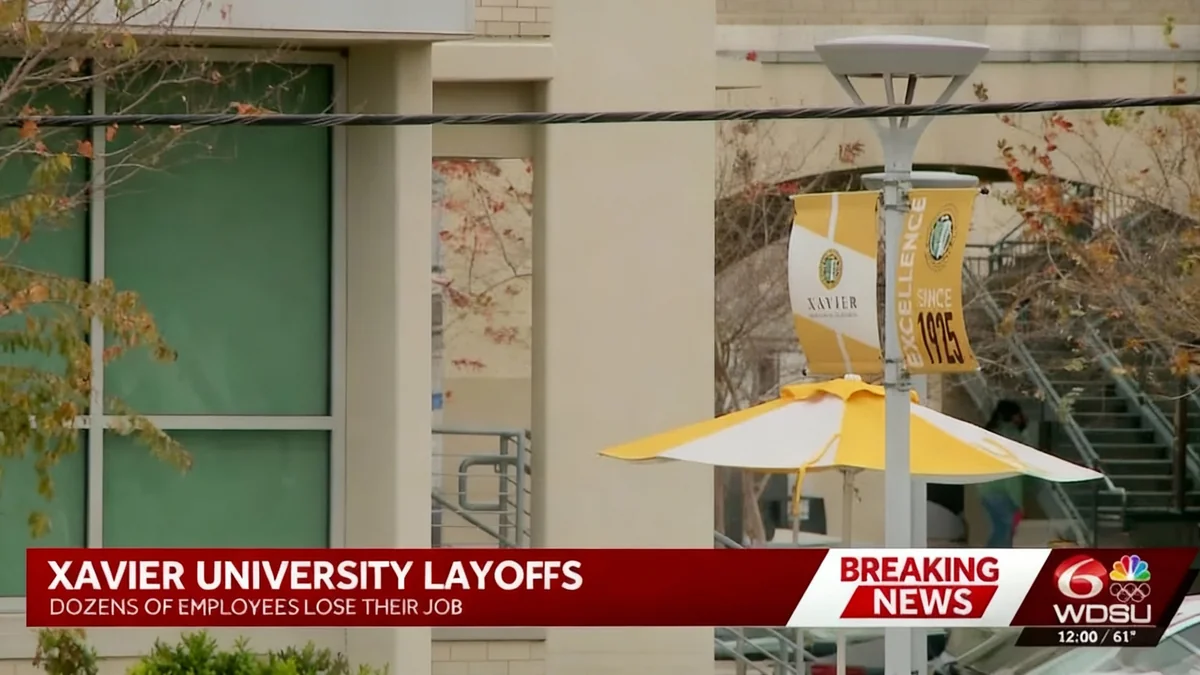California Governor Gavin Newsom has signed a new law, Senate Bill 640 (SB 640), which expands a direct admissions program for the California State University (CSU) system. This legislation guarantees admission to qualified high school graduates across the state. The move aims to streamline the college application process and address declining enrollment numbers at some CSU campuses.
The new law formalizes and expands a pilot program, creating a clearer pathway from California's public high schools to its public universities. It is designed to ensure more students, especially those who might not have considered applying, have a supported route to higher education.
Key Takeaways
- SB 640 guarantees Cal State admission for high school graduates meeting minimum requirements.
- The law expands a direct admissions pilot program statewide.
- It aims to increase access to higher education and boost enrollment.
- No new taxpayer funds are required for the program.
- 16 CSU campuses will participate initially, with full statewide participation by Fall 2027.
Direct Admissions Program Expands Across California
The California State University Direct Admissions Program is now significantly expanded. Governor Gavin Newsom signed Senate Bill 640 this week, making the program a statewide initiative. This expansion is a direct response to recent declines in university enrollment, particularly after the pandemic.
Senator Christopher Cabaldon, who authored SB 640, highlighted the broad bipartisan support the bill received. He also emphasized that the new law does not require additional taxpayer funds. The process is designed to be efficient and cost-effective.
"The only cost — a postage stamp to students letting them know they are accepted in," Senator Cabaldon stated.
This approach connects eligible high school graduates with CSU campuses that have the capacity to admit them. Students who meet the minimum CSU requirements, typically a 2.5 GPA or a 'C' grade average in required courses, will automatically receive an admission letter.
Program Details
- Eligibility: High school graduates meeting minimum CSU requirements (e.g., 2.5 GPA).
- Automatic Admission: Students receive acceptance letters to participating campuses.
- Bypass Application: Eligible students do not need to complete a separate application for these campuses.
- Initial Districts: The program begins with 43 school districts.
Addressing Enrollment Challenges at CSU Campuses
Lawmakers hope this new law will encourage more students to pursue higher education. Several CSU campuses have experienced lower enrollment figures in recent years. For example, Sonoma State University has seen a significant decline, losing nearly 4,000 students. This program aims to reverse such trends by simplifying the path to college.
Currently, 16 CSU campuses, including Sacramento State, are set to participate in the expanded program. However, six campuses are currently at full capacity and cannot take part in the direct admissions initiative. These include San Jose State, San Diego State, Cal Poly San Luis Obispo, Cal Poly Pomona, Cal State Fullerton, and Cal State Long Beach. Students interested in these specific campuses must still apply through the traditional admissions process.
The CSU system released a statement to KCRA 3 regarding the new law. They noted that SB 640 will create a more streamlined and data-driven pathway for students. This pathway extends from California's public high schools directly to its public universities.
Building on a Successful Pilot Program
SB 640 builds on the success of CSU’s first systemwide direct admissions program. This pilot was launched last year in partnership with the Riverside County Office of Education. The new law also expands CSU’s existing Dual Admission Program, known as the Transfer Success Pathway.
The Transfer Success Pathway helps ensure that more students, particularly those who might not have considered applying, see a clear and supported route to earning a CSU degree. By expanding these proven models, the state aims to broaden access to higher education for a diverse student population.
Background on Direct Admissions
Direct admissions programs are not new. They are used in various forms across the country to simplify the college application process. These programs often target students who meet specific academic criteria, aiming to reduce barriers to entry and encourage college enrollment. They can be particularly beneficial for students from underrepresented backgrounds or those who may feel overwhelmed by traditional application procedures.
Impact on Students and Academic Standards
Some students who recently navigated the traditional application process believe the new law will be beneficial. Ahmed Davis, a freshman mechanical engineering student, shared his perspective. He believes many people would appreciate the chance to go to a state university, and this program could greatly assist them.
"A lot of people would love to have the chance to go to college. So a state university and they really like help with that for the most part," Davis commented.
Concerns about potentially diluting academic requirements have been raised. However, officials confirm that the new law maintains rigorous standards. Students must still meet the exact same admission criteria that are in place today. The program simply streamlines the administrative process, not the academic prerequisites.
Schools will use transcript data, often from the CaliforniaColleges.edu website, to determine student eligibility. This data-driven approach ensures that only qualified graduates receive automatic admission.
Timeline and Future Participation
The new law will officially take effect on January 1, 2026. Full statewide participation in the direct admissions program is expected to begin for applicants seeking admission in Fall 2027.
For students currently applying for Fall 2026, the priority application period runs from October 1 through December 1. The existing direct admissions program, which includes 23 districts from the Riverside County Office of Education and 20 other districts statewide, will continue operating. Eligible students in these districts have already started receiving their notifications of acceptance.
The initial phase of the new law will involve 43 school districts across California. This number is expected to grow as the program expands, eventually encompassing all eligible districts statewide. This phased rollout allows for smooth implementation and adjustments as needed.
- Effective Date: January 1, 2026
- Full Statewide Participation: Fall 2027 applicants
- Current Application Period (Fall 2026): October 1 - December 1
- Pilot Program Continuation: Existing direct admissions programs remain in effect.
This initiative represents a significant step for California's higher education system. By simplifying access to state universities, the goal is to empower more high school graduates to pursue their academic goals and contribute to the state's future workforce.





